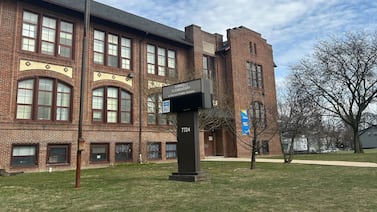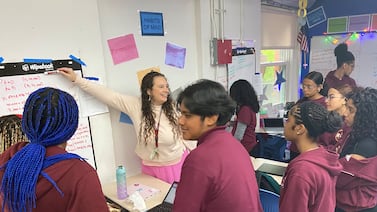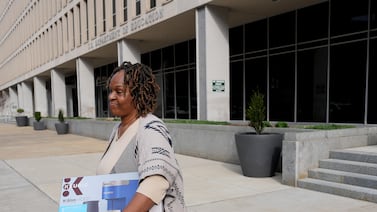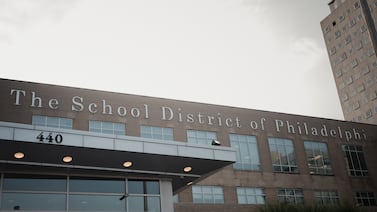Indiana students miss out on an estimated $65 million in free money for college, simply because many don’t fill out the federal financial aid application.
But what if high schools required every student to complete the financial aid form?
That’s up for discussion in the legislature for the third year in a row. And supporters say the need to help students afford a postsecondary education is becoming a more pressing problem as Indiana faces declining college enrollment.
“It’s a student equity issue. It’s a workforce development issue. And it’s ultimately an economic mobility issue,” said Jason Bearce, vice president of education and workforce development for the Indiana Chamber of Commerce.
The Senate Education and Career Development Committee unanimously advanced a proposal Wednesday to require all high school seniors to file the Free Application for Federal Student Aid, known as the FAFSA. The bill would allow families to opt out of filling out the form, or principals and school counselors to waive the requirement for students in extenuating circumstances.
Indiana ranked in the bottom half of states last year for FAFSA completion, with 55.9% of seniors filing. Less than 60% of high school seniors nationally completed the FAFSA.
And there’s more at stake than the $65 million in Pell Grants that the National College Attainment Network estimates Hoosier students would have qualified for. The FAFSA also unlocks state-level financial aid, as well as scholarships offered by individual colleges.
But officials representing K-12 school associations raised concerns that mandating the FAFSA would add another burden to overtaxed educators.
“We become the FAFSA police,” said Terry Spradlin, executive director of the Indiana School Boards Association.
While he wants students to be able to access financial aid, Spradlin said he is worried educators would have to spend too much time tracking down families who don’t intend to seek financial aid — families who know their income is too high, or whose children who plan to enter the workforce or join the military.
Sen. Shelli Yoder, D-Bloomington, backed the bill but echoed the concern about putting more work on school staff: “Right now our school counselors are just inundated with severe mental health issues among students.”
Still, supporters said they want to ensure students are choosing to not seek financial aid, rather than missing out on an opportunity they don’t know about. Filling out the aid application can help dispel the notion that people cannot afford to attend college.
Tuition at Ivy Tech Community College, for example, would be easily covered by a Pell Grant, said MJ Michalak, Ivy Tech’s vice president of public affairs.
“When you talk about free community college, we already have that in Indiana for the students who have the most need — if they file the FAFSA,” she said.
A handful of other states, including Louisiana, Texas, and Illinois, have made completing the FAFSA a graduation requirement. Louisiana, the first state to adopt such a law, has the highest rate in the nation of students completing the application — 78%.
In Indiana, the proposed FAFSA mandate has passed the Senate in each of the past two years but stalled in the House. Last year, balking at the idea of a requirement, lawmakers in the House instead suggested providing a financial incentive to schools based on how many students complete the FAFSA. But the bill ultimately didn’t make it through.
Bill author Sen. Jean Leising, R-Oldenburg, said she brought the proposal back this year because she thinks it’s more important than ever.
“The reality is, unfortunately, our participation rate in Indiana continues to decline,” she said. “We’re leaving a lot of money out there that would benefit not just our four-year college-bound students, but also the two-year (college students) and even those kids that want to participate in the Workforce Ready Grant.”
FAFSA filing rates are falling in particular among Black, Latino, and rural students, and those from low-income families, said Indiana Commission for Higher Education official Josh Garrison.
He believes the proposal’s benefits outweigh the burden.
“It’s easy to get lost in percentages and large numbers, but it’s important to remember these are students who are sitting in classrooms right now, who are missing out on the opportunity for postsecondary education and the opportunity for a better life,” Garrison said. “This is just not something that can wait another year.”
Stephanie Wang covers higher education for Chalkbeat Indiana, which partners with Open Campus.







